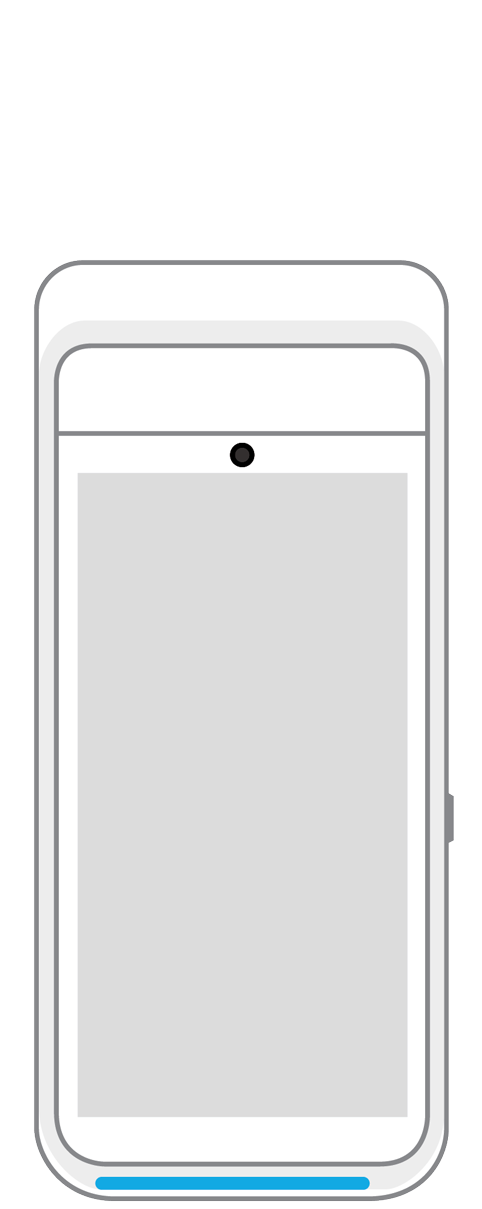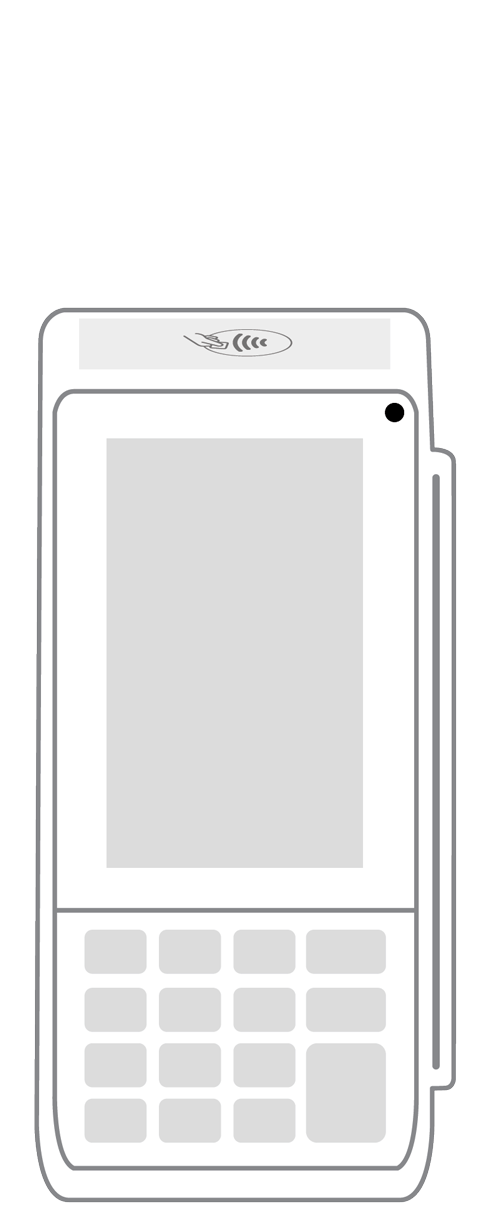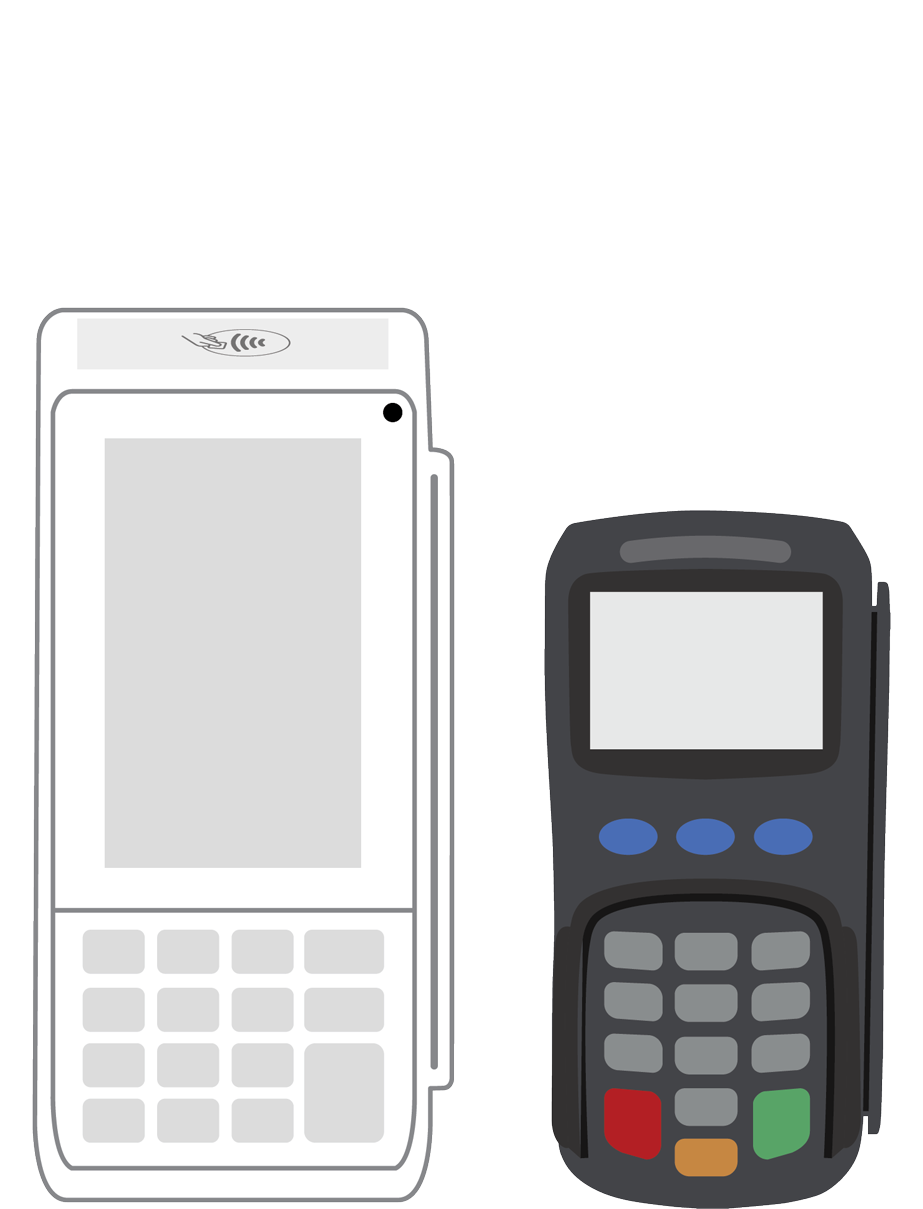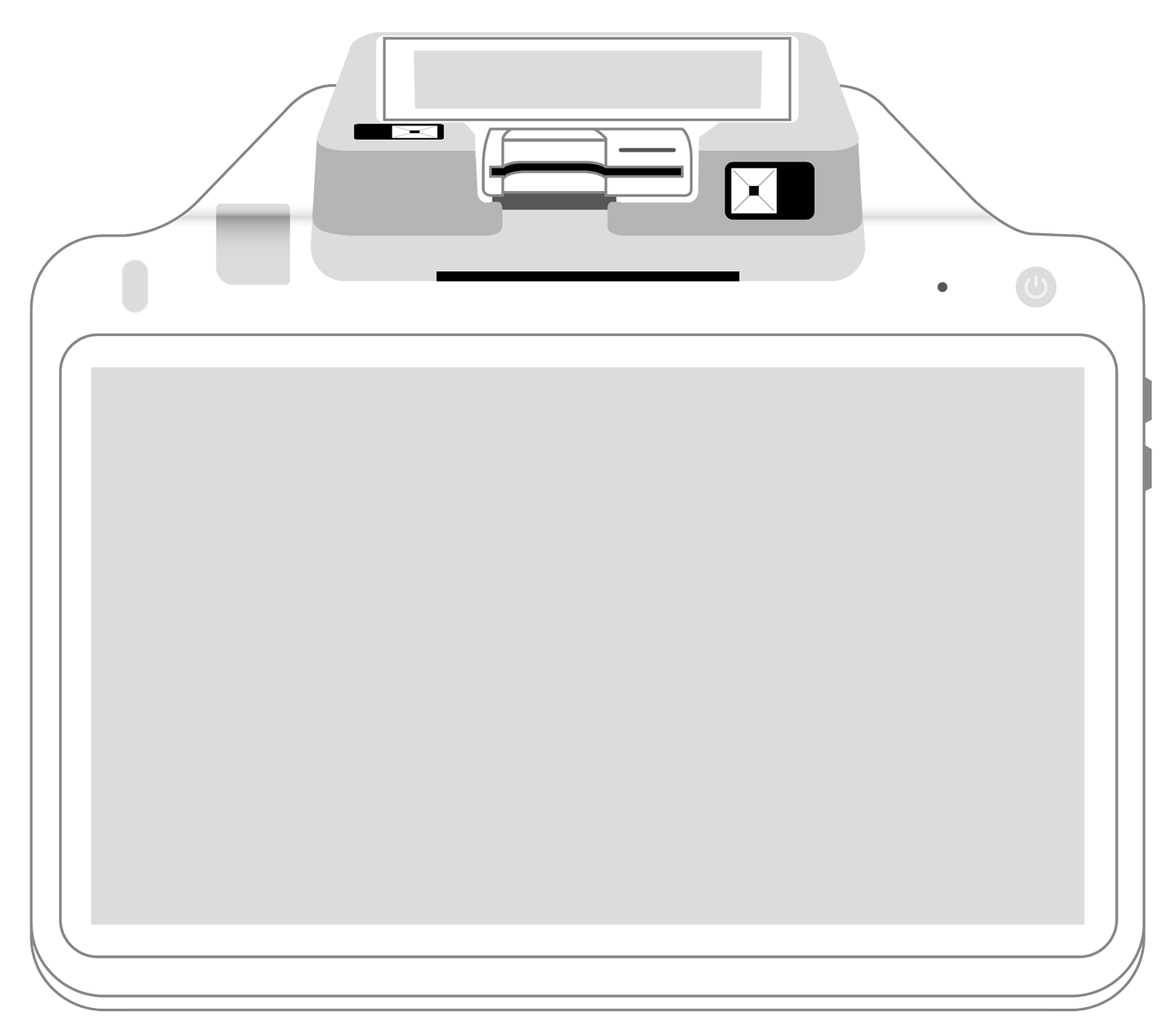iPhone vs. Android - Which Is Better for Accepting Mobile Payments?

The growing desire among consumers for flexible payment options is prompting many merchants to adopt mobile payment platforms. According to a survey by U.S. Bank, about half of consumers report they carry cash around only half the time, and of these, 49 percent carry less than $20. Most customers only have a credit or debit card on hand when they do business with you, and if you don’t have an efficient way to accept plastic, you could miss out on sales.
Fortunately, you’re no longer limited to countertop point-of-sale (POS) systems or clunky credit card terminals. Card swipers and mobile EMV and NFC payment readers are easy to use and are compatible with most popular smartphones and tablets. It doesn’t take long to get set up with a mobile payment option and start accepting credit card payments anywhere you interact with customers – in-store, on the road, or online.
In Today’s Market, Plastic Reigns Over Cash
Statistics show cash lags in popularity behind other forms of payment across multiple industries, including department stores, dine-in restaurants and supermarkets. In the places where consumers shop frequently, credit and debit cards are the most popular methods of payment. People want fast, convenient ways to make purchases, and plastic is king.
Accepting payments with a mobile card swiper or EMV reader gives you the flexibility to serve a growing number of customers, especially young consumers, who use debit and credit cards for all kinds of purchases. While only 14 percent of U.S. consumers use cash for everyday purchases, 80 percent use credit or debit cards. Among consumers between the ages of 18 and 24, the number jumps to 100 percent. No matter what products and services you sell, you need to accept credit and debit cards, and a mobile payment system delivers the flexibility and seamless shopping experience your customers want.
Accepting Mobile Payments Can Grow Your Business
Businesses offering fast, flexible and reliable ways to pay have a chance to capture more of the market and surge ahead of the competition. Only 33% of businesses were using mobile POS solutions in late 2017, so adopting one now can put your company on the cutting edge.
Providing your customers with choices that others in the industry aren’t offering shows you’re paying attention to demand and want to provide the best shopping experience possible. By adding a mobile POS to your payment options, you can:
- Reduce wait times and speed up the payment process with “line-busting” associates equipped with mobile card readers to accept payments.
- Build loyalty by offering a concierge shopping experience –assisting customers and accepting payments in the aisle.
- Bring products and services to customers in venues outside your main location.
- Improve inventory management, record-keeping and budgeting.
- Capture customer data with each credit card swipe or EMV dip.
- Collect feedback and manage customer relationships.
To bring these benefits to your business, you need to find the most efficient and reliable mobile payment option. Most credit card swipers and readers work in similar ways, but performance can be affected by other factors, such as device compatibility and level of security. Before choosing your mobile payment solution, consider how pairing it with either an iPhone or an Android device may influence your overall customer experience.
iPhone or Android? The Pros and Cons for Accepting Credit Cards
Is one mobile device option better than the other when it comes to processing mobile payments? Since most mobile card readers require a connection to a mobile device, it pays to research available options with the goal of providing the fastest and most user-friendly payment experience.
Most popular credit card swipers and readers, along with their associated apps, are compatible with both iOS and Android platforms, but slight differences between operating systems and devices may make one more preferable depending on your budget, the preferences of your customer base, and where and when you want to accept payments.
iPhone
Apple has worked hard to establish its brand firmly in the minds of consumers as a top choice for mobile devices. Apple products are seen as streamlined, stylish and reliable, and the company is known for having stellar support. These characteristics inspire a strong sense of trust in consumers, so using an iPhone to accept mobile payments can establish instant credibility for your business. Consumers are familiar and comfortable with the Apple brand, and your company can benefit from what they see as the most positive attributes of Apple devices.
From a business perspective, Apple is a good choice if you’re looking for security and stability. Apple is a relatively closed platform in which all apps are carefully evaluated before becoming available for use, and updates for both iOS and apps are offered on a regular basis. This is a key part of maintaining security, especially since mobile credit card readers process sensitive information each time a purchase is made. Even if your payment app is up to date, an unaddressed security issue in another app on the device could leave you vulnerable. Frequent updates minimize the risk of data theft or loss.
Apple devices tend to be straightforward and easy to use and are suitable for managing integrations between your payment gateway and the financing software you use to manage your company’s budget. Being able to manage purchases, customer information and finances from one platform frees up time you’d otherwise waste on repetitive data entry. However, because of Apple’s tight rein on the platform, you may not always have the flexibility you need when it comes to app choices or third-party integrations.
Android
When you want a broader range of devices to choose from and the ability to customize your digital platform to suit the needs of your business, Android delivers. Known for being more open and flexible than Apple, the Android operating system is available on phones from numerous manufacturers and is compatible with most mobile credit card readers. Android’s ability to handle a heavy workload makes it a powerful alternative for businesses.
Android devices tend to be less expensive than iPhones while still offering many of the same characteristics. If your business is on a tight budget, you can get a feature-rich phone capable of handling a high volume of mobile credit card payments without sinking your funding into tech updates. The lower price can help small businesses and startups clear the financial hurdles of adopting mobile payment technology and get on the fast track to implementation. Many users feel Google is more well-suited to business than Apple, and the ability to use a full suite of Google apps along with your payment app can take the hassle out of managing credit and debit card sales.
One thing to keep in mind about Android devices is the segmented nature of the platform. Android’s operating system has many different versions across a large number of devices, so users don’t always get quick access to the latest security updates. New phones get updated first, but older versions of Android may no longer be supported. Android is more vulnerable to malware than Apple, so you need to be sure you’re working with an operating system for which patches and updates are still being released on a regular basis.
Tablets
What if you want a mobile solution you can also use as a countertop POS system at your physical store? Both iPads and Android tablets can be used with the same mobile credit card devices as smartphones, offering a sleek alternative to bulky, expensive POS equipment. The upside to a tablet is that the larger screen makes it more suitable to use for other tasks, including reporting, inventory management, accounting, banking, and customer management.
iPads have similar advantages to iPhones when it comes to accepting mobile payments, including better security and support, but they tend to carry a high price tag. The lack of USB ports sometimes makes it difficult to integrate an iPad with other devices, and you don’t have any options to increase internal storage capacity.
Android tablets offer a more flexible digital environment, including cross-compatibility between apps, and they are less cost-prohibitive for small businesses. Occasionally, carriers will offer special deals allowing you to get a tablet for a lower cost when purchasing an Android phone, which gives you multiple options for accepting mobile payments and could help you expand beyond your physical location if you’ve been relying on a traditional POS system. However, tablets in general aren't known for having a lengthy battery life, so this option may not be as useful if you make the majority of your sales in the field or operate in areas where you can’t easily get to a charging station or outlet.
Payments made on mobile credit card swipers and readers are an integral part of modern commerce and are likely to continue to grow in popularity as more consumers move away from cash and embrace alternate payment methods. Your customers expect to be able to use their favorite forms of payment when doing business with you, and giving them what they want is a smart investment in the future of your company.
Whether you accept payments using an iPhone or Android device isn’t likely to affect your customer’s experience, so choose the platform with which you’re most comfortable and which you can best afford. Start offering more payment options and a better shopping experience to your customers today, and they’ll stick with you as loyal patrons long into the future.
 3-in-1 Reader |  Terminal |  Keypad |  PINPad Pro |  Flex |  POS+ | |
|---|---|---|---|---|---|---|
Payment types | ||||||
EMV chip card payments (dip) | ||||||
Contactless payments (tap) | ||||||
Magstripe payments (swipe) | ||||||
PIN debit + EBT | ||||||
Device features | ||||||
Built-in barcode scanner | ||||||
Built-in receipt printer | ||||||
Customer-facing second screen | ||||||
External pinpad | ||||||
Wireless use | ||||||
Network | ||||||
Ethernet connectivity | With dock | |||||
Wifi connectivity | ||||||
4G connectivity | ||||||
Pricing | ||||||
Free Placement | ||||||